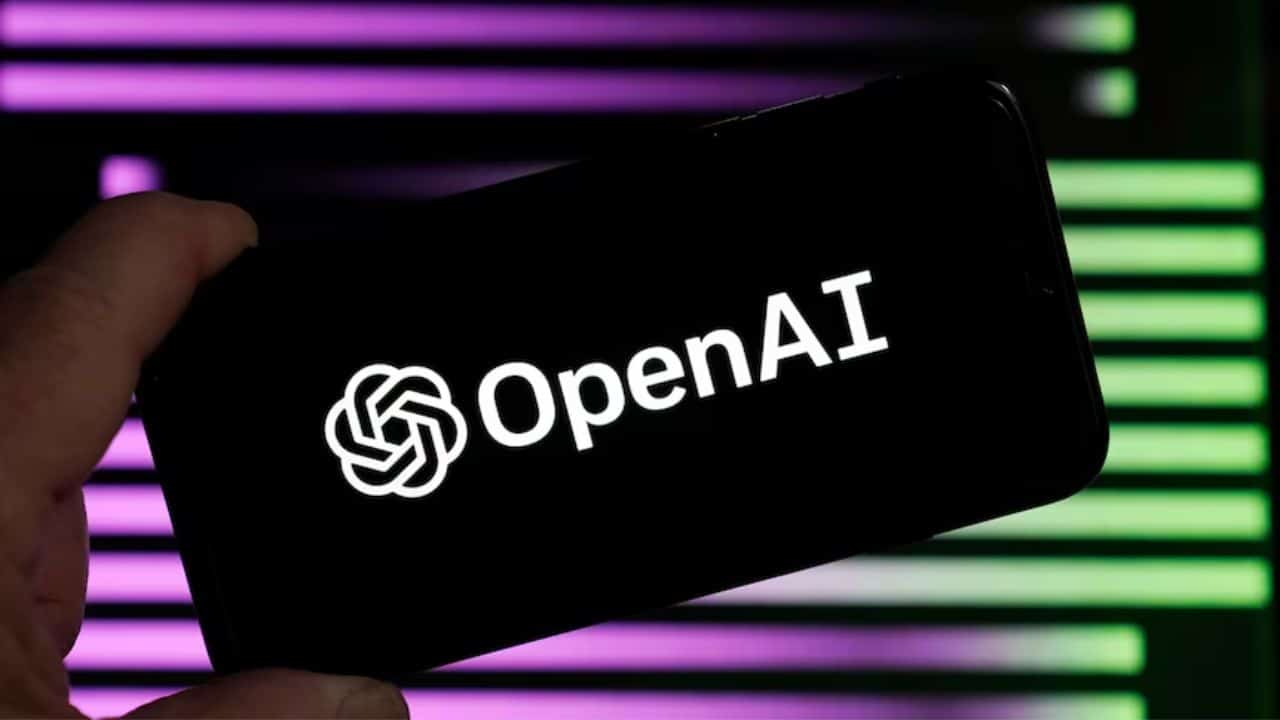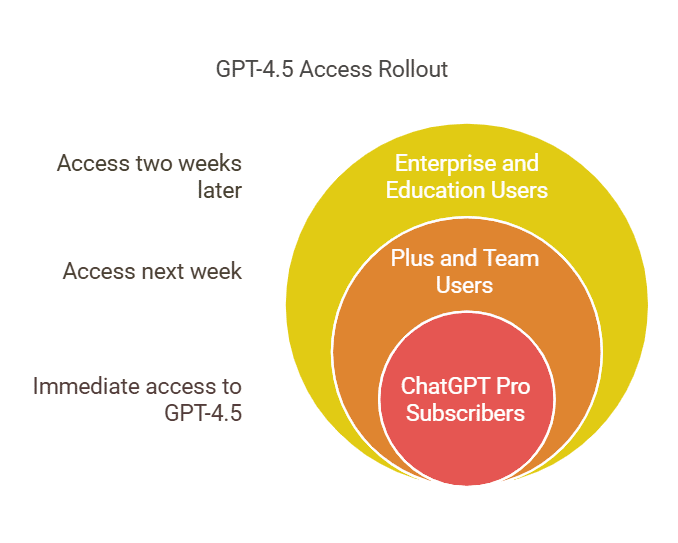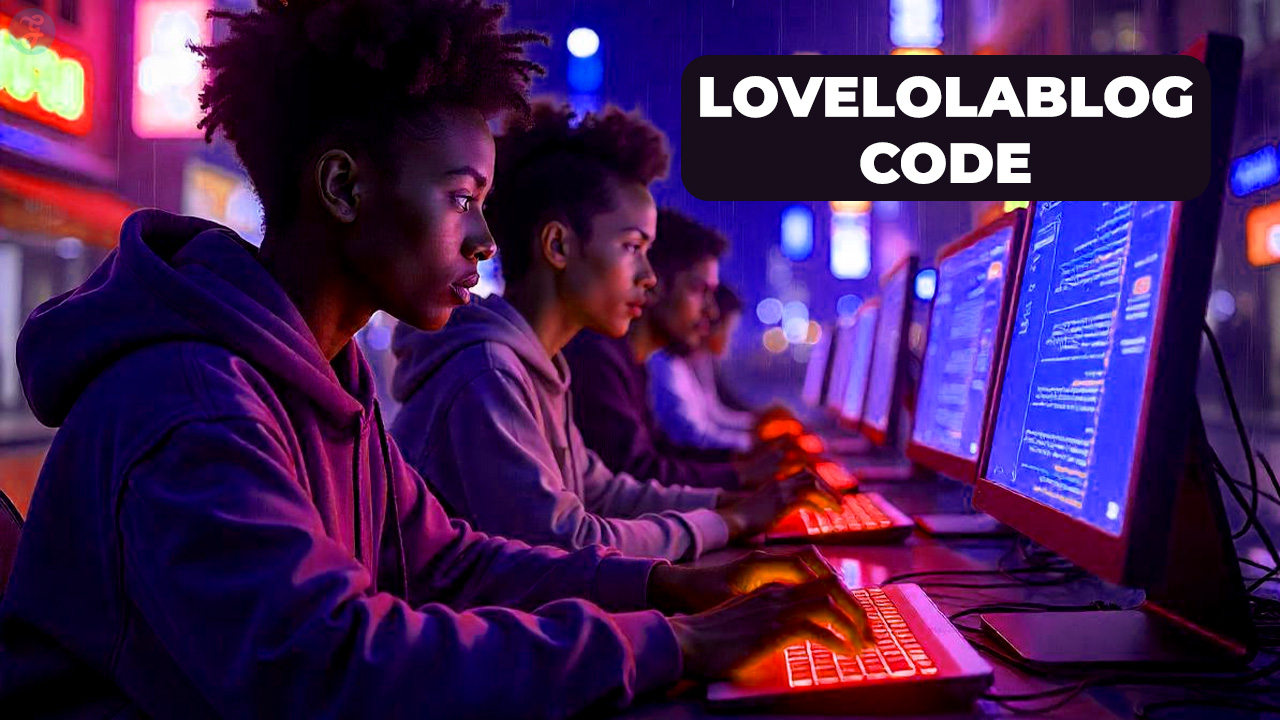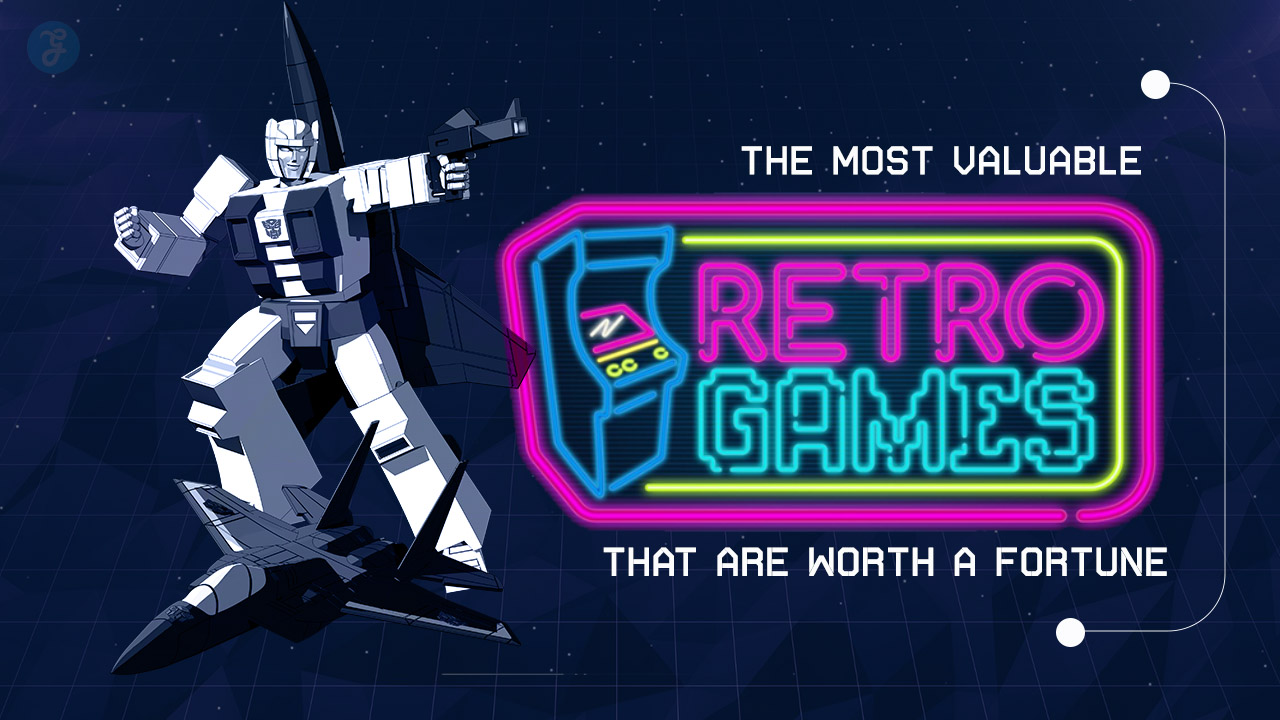OpenAI has officially launched its latest generative AI model, GPT-4.5, marking a significant step forward in artificial intelligence technology. Designed to be larger and more compute-intensive than its predecessors, GPT-4.5 aims to enhance the user experience with a more refined understanding of prompts, improved conversational flow, and reduced hallucinations. The model is currently being offered as a research preview, but access is limited to users subscribed to OpenAI’s ChatGPT Pro plan, which costs $200 per month.
A Competitive AI Landscape: GPT-4.5 vs. Recent AI Innovations
The release of GPT-4.5 comes at a time when AI research and development are accelerating rapidly. In early 2025 alone, multiple groundbreaking AI models have entered the market:
- Anthropic’s Hybrid Reasoning Model for Claude AI: Designed to improve logical reasoning and long-term memory for AI-generated responses.
- DeepSeek’s R1 Model: A Chinese-developed AI model that challenged Silicon Valley by achieving high-level performance with significantly fewer resources.
- OpenAI’s O3-Mini: A lightweight, cost-effective model focusing on reasoning tasks, launched just a month prior.
Unlike models like DeepSeek’s R1, which prioritize efficiency and minimal computational resources, OpenAI continues to pursue the philosophy that scaling up models leads to better performance. According to OpenAI researchers, the increased model size in GPT-4.5 enhances its ability to process and generate responses that better reflect human emotions, interactions, and intentions.
What’s New in GPT-4.5? A Closer Look at Features and Improvements
OpenAI has emphasized several key upgrades in GPT-4.5 compared to previous versions, making it one of the most advanced AI models to date:
1. Improved Natural Language Understanding and Context Awareness
GPT-4.5 is designed to interpret prompts with greater precision, capturing the nuances of human communication more effectively. OpenAI claims that users will experience smoother and more natural conversations, particularly for tasks requiring deep contextual awareness.
2. Enhanced Human-Like Interaction
The model’s larger training dataset and increased computational power have reportedly made it better at understanding emotions, sarcasm, and abstract ideas. This could be a game-changer for applications in customer support, creative writing, and AI companionship.
3. Reduced Hallucinations and More Reliable Outputs
One of the primary criticisms of AI models like ChatGPT-4 has been their tendency to generate inaccurate or misleading information (commonly referred to as hallucinations). OpenAI believes that the sheer size of GPT-4.5 reduces this issue by increasing its factual knowledge base. As Mia Glaese, OpenAI’s alignment team lead, explains:
“If you know more things, you don’t need to make things up.”
However, OpenAI has not disclosed specific details about the model’s size, the number of parameters, or the exact training dataset used.
4. Expanded Multimodal Capabilities
GPT-4.5 supports multiple input formats, including:
- Web search (real-time browsing to fetch updated information)
- Canvas feature (likely an interactive workspace for structured AI responses)
- File and image uploads (potentially for document analysis, visual understanding, and interactive assistance)
Notably, AI Voice Mode is not yet available for GPT-4.5 but may be introduced in future updates.
5. Stronger Performance in Writing and Programming Tasks
While benchmark tests show that GPT-4.5 lags behind OpenAI’s O3-mini model in math and science, it excels in areas such as:
- Creative writing (fiction, journalism, content creation)
- Code generation and debugging
- Casual and business communication
This suggests that OpenAI is focusing on making GPT-4.5 more of a conversational and creative tool rather than a strictly reasoning-based model.
GPT-4.5’s Rollout: Who Can Access It?
As of now, only ChatGPT Pro subscribers have immediate access to GPT-4.5. The rollout plan for other users is as follows:
- Next week: Available to Plus and Team users.
- Two weeks later: Extended to Enterprise and Education (Edu) users.
Users outside of these tiers will have to wait for further announcements regarding broader accessibility.
OpenAI’s Vision for the Future: The Last Non-Reasoning Model?
In a February 2025 social media post, OpenAI CEO Sam Altman revealed that GPT-4.5, internally known as “Orion,” will be OpenAI’s last non-chain-of-thought model. This indicates a strategic shift toward AI models that incorporate reasoning and complex problem-solving abilities.
Nick Ryder, OpenAI’s head of foundational research, explained:
“Saying this is the last non-reasoning model really means we’re striving for a future where all users are automatically routed to the best AI model for their specific needs.”
Currently, ChatGPT users must select different AI models manually via a dropdown menu (e.g., GPT-4o vs. O3-mini). In future iterations, OpenAI aims to automate this process so that the AI dynamically chooses the best model based on the prompt.
What This Means for OpenAI and the AI Industry
With increasing competition in the AI space, OpenAI’s commitment to scaling models and investing billions in AI infrastructure signals its ambition to remain at the forefront of AI development.
Key Takeaways from the GPT-4.5 Release:
- GPT-4.5 is OpenAI’s largest and most advanced language model to date.
- The model focuses on improving human-like interactions, reducing hallucinations, and enhancing writing and coding tasks.
- ChatGPT Pro users get first access, with a phased rollout planned for other user tiers.
- GPT-4.5 is not a reasoning model; OpenAI’s future AI releases will likely blend reasoning and language understanding for a more seamless user experience.
- OpenAI plans to streamline AI model selection, allowing users to interact with AI without manually choosing between different versions.
What’s Next?
As part of its AI roadmap, OpenAI will continue refining its models with a focus on efficiency, usability, and real-world applications. Industry experts anticipate that future releases will integrate enhanced logical reasoning, real-time adaptability, and more intuitive AI interactions.
In the coming weeks, GPT-4.5 will undergo extensive user testing, and feedback from early adopters will likely shape the model’s final iteration before a full-scale public release.
For AI enthusiasts, developers, and businesses, the launch of GPT-4.5 signals a new era in conversational AI—one where interactions feel more human than ever before. Whether this model lives up to the hype remains to be seen, but one thing is clear: AI is evolving faster than ever, and OpenAI intends to stay ahead of the curve.












































